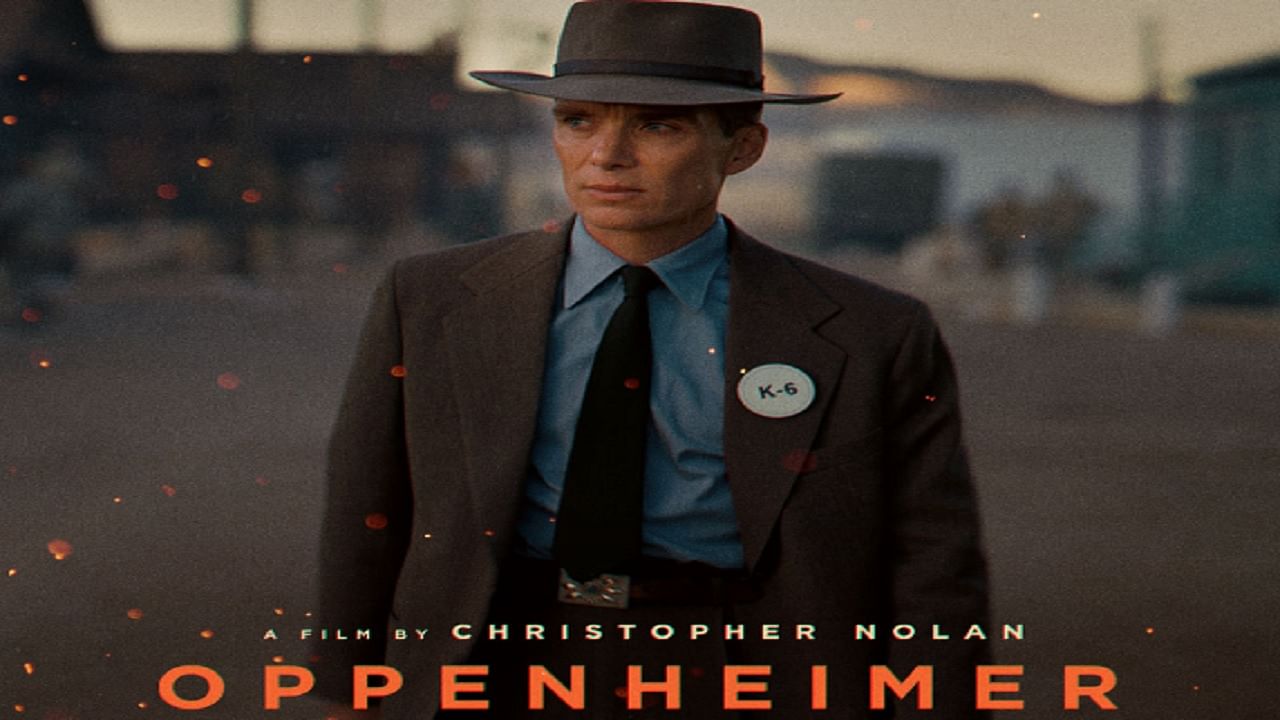
The Central Board of Film Certification (CBFC) is facing the heat for giving approval to a scene in the Hollywood movie Oppenheimer. In the scene in question, the character of Oppenheimer appears to indulge in sexual intercourse while reading verses from the Bhagavad Gita. This has triggered widespread outrage with many dubbing it as an "attack on Hinduism".
In the Christopher Nolan-helmed film, Oppenheimer -- played by Cillian Murphy -- is shown having intercourse with psychologist Jean Tatler (Florence Pugh) as she asks him to read a verse from what appears to be a Sanskrit book, whose title or cover is not visible. On Tatler's insistence, a confused Oppenheimer reads out the verse she points at: "Now, I am become Death, destroyer of the world".
According to reports, the CBFC gave the film a U/A rating, making it suitable for viewers above 13 years, after studio Universal Pictures cut some scenes to reduce its length.
In the United States, the movie has been rated 'R– Restricted', which means viewers under 17 would require an accompanying parent or adult guardian. Here is how the CBFC functions in terms of issuing film certification, as reported by The Indian Express.
CBFC's organisational set-up
The CBFC board, headed by the Chairperson, includes 25 members and 60 advisory panel members from across the country, who are appointed by the Ministry of Information and Broadcasting. The board members, who serve for three years, are generally picked from the film and TV industry, but the advisory panel members, who serve for two years, mostly come from outside the entertainment industry.
How are films certified?
Although the Chairperson is the ultimate decision-maker in the body, regional officers play a vital role in the process of certifying films. First, an Examining Committee is formed by the Regional Officer after an application for certification is filed. The committee consists of four members from the advisory panel and an examining officer, two among whom should be women. However, in case of short films, the committee will have one advisory panel member and an examining officer, with one of them being a woman.
The Regional Officer decides the certification based on the feedback from the Examining Committee members in unanimity or majority. However, the Chairperson holds the power to decide the certification in case the committee witnessed a divided opinion. The certification is categorised as - unrestricted public exhibition (U), parental guidance for children below age 12 (U/A), adult (A), or viewing by specialised groups (S).
What is done in case of a dispute?
In case the CBFC is of the opinion that certain scenes need to be removed or changed, it suggests a list of changes to the applicant. The applicant has the right to apply again to the Revising Committee if he/she is not satisfied with the certification or the "suggested changes". The Revising Committee includes the Chairperson, and up to nine members from both the board and the advisory panel. However, any member of the advisory panel who may have already watched the film cannot be a part of the Revising Committee. Here the Chairperson is the final decision-maker.
In case the applicant is not happy with the Revising Committee's decision also, he/she can approach the Appellate Tribunal, which consists of members appointed by the I&B Ministry. If the dispute still remains to be settled, it can be further taken to a court.
(With PTI inputs)